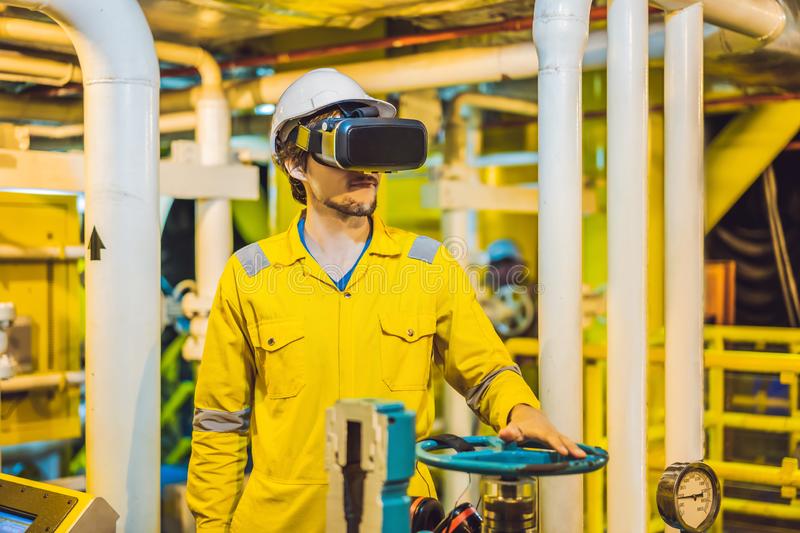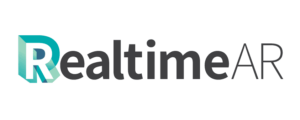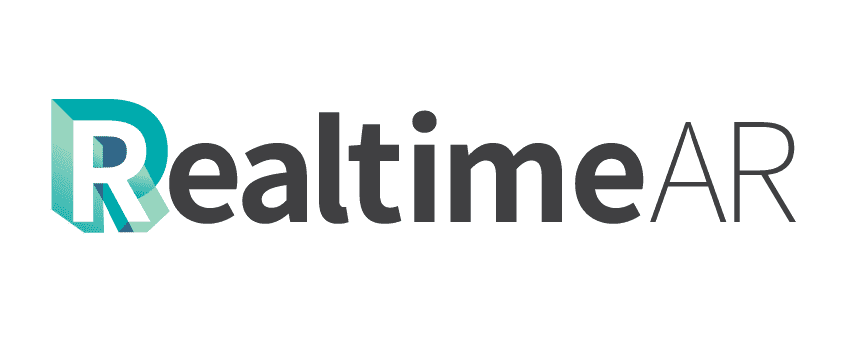OIL AND GAS WEARABLES


Any electronic equipment that is intended to be worn on the user’s body is considered wearable technology. These gadgets can come in a variety of shapes and sizes, including jewelry, accessories, medical equipment, and clothing or clothing components. Although the phrase “wearable computing” implies processing or communication capabilities, different wearables can have varying degrees of sophistication. Compliance in the oil and gas industry refers to a variety of tasks. Engineers must check the caliber of the work performed by a huge number of subcontractors, and businesses must assume control of any extraction sites they develop and operate as well as their upstream suppliers. As a result, an increasing number of executives in the oil and gas industry are already employing augmented reality wearables to carry out a variety of inspection and regulatory tasks more securely and effectively.
The Fourth Industrial Revolution’s most cutting-edge technology will be used by Saudi Aramco, a publicly traded oil and gas firm, to deliver energy in a more reliable, sustainable, and effective way. The largest revenue-generating firm in the world, based in Saudi Arabia, is implementing augmented reality devices to support various inspection duties as part of a comprehensive digitalization transformation effort. uses, such as selecting qualified experts and inspectors and assessing prospective manufacturers. Maintain the standards for human safety and control inspections and mechanical testing.
REMOTE ASSISTANCE IS CHANGING THE OIL AND GAS INDUSTRY
Remote assistance using assisted reality devices delivers a wide range of benefits in the oil and gas industry, including the ability to:
- An idle drilling rig can cost $30,000 to $50,000 per hour, and shutting down a polyethylene facility can cost hundreds of thousands of dollars per hour. It’s essential to increase repair efficiency. Frontline workers can start a video conference with a remote expert using assisted reality tools, and the expert can guide the worker through the diagnosis and repair procedure in real time. Some apps allow the expert to remotely “draw” or annotate on the employee’s hands-free screen to demonstrate a procedure or to share user guides or other training materials.
- Make repairs safer: The oil and gas business is inherently dangerous. Frequently, evacuations occur in isolated locations or under uncontrollable circumstances (eg high winds and extremely noisy environments). The need to send a worker to the job site to conduct an in-person evaluation is reduced or eliminated when remote assistance help utilizing augmented reality is used. This worker is knowledgeable about the tools and procedure but may not be well-versed in the specifics of the task site.
- Better utilize specialist knowledge: As a professional workforce retires over the next years, there will be fewer technicians available to travel overseas, which will emphasize the value of remote support. The reach and impact of skilled workers are exponentially increased when front-line employees are trained more efficiently, staff numbers are increased, and one subject matter expert is mentored. “Numerous people are retiring. We must assist these younger workers, “A former general manager of Honeywell’s Connected Plant/Connected Worker division, a major provider of augmented reality solutions for Real Wear, was quoted as saying.
- Reduce travel and related emissions: Travel has a financial impact on business operations, with transportation and logistics expenses accounting for 37% of expenditures related to unscheduled downtime. a clean energy future. Remote assistance lessens the need for travel, improving the cleanliness and productivity of operations.
A FEW TIPS TO GET STARTED WITH ASSISTED REALITY
According to Michael Kaldenbach, a former manager of digital technologies at Shell, “a new era of computers has begun.” Voice commands and augmented reality for wearable computers will become routine for field staff in our business, promoting safety and productivity, just as mobile phones and laptops are for desk workers.
When we first begin using augmented reality, remember the following:
- Acknowledge that wearables are more than just gizmos; they are digital technologies that can link individuals, groups, and processes. Yes, they can be used to tackle a specific issue (and are frequently best developed for usage with a single issue at a time before expanding to other applications), but they also have many other purposes throughout the company, such as asset management, remote assistance, and regulatory compliance. among many other things, management and upkeep.
- Ensure that deployment is coupled with appropriate training. Before using the most tech-savvy employees as evangelists or those who are unfamiliar with the new technology concentrate on the use case or use cases that are pertinent to the specific employee. When we train more users throughout the company, I’m interested.
- Invest in our workforce’s future today rather than waiting when there is a severe scarcity of trained people. Oil prices are rising, providing oil and gas wearables with a crucial window of opportunity to plan for (and finance) the impending shift. By using aided reality now, we can start building the workforce skills we’ll need to survive and prosper in a clean energy future.
INSPECTION AND MONITORING IN REAL-TIME
Maintaining equipment and checking for warning signals of failure is crucial for wearable technology to save downtime. When production is disrupted and repair/replacement costs are taken into account, a significant equipment failure can cost businesses millions of dollars. When there are serious issues, the field technician needs professional assistance. Costs are increased by bringing specialists from onshore offices thousands of miles away to offshore locations. Additionally, it takes a long time to test and fix equipment.
A wearable technology that gives the field engineer access to pertinent data, schematics, maps, charts, and other information needed to maintain the equipment to speed up and lower the cost of testing and repairing equipment. Possibly a good option. The necessity for constant expert availability in the field can be decreased by using wireless networking to allow the field engineer to obtain expert advice in real time. In the long run, this can save maintenance costs while boosting equipment uptime and output.
WORKFORCE SAFETY AND INJURY PREVENTION
One of the most crucial applications of wearable technology is the reduction of occupational injuries. A worker in the oil fields could be exposed to extremely high or low temperatures, dangerous gases, or dangerous chemicals. Additionally, field technicians may become more injured when working near large machines. Wearable devices can be utilized to monitor field technicians’ health under these demanding working conditions. They can also offer essential assistance and support as required. Worker heart rate, thirst, and weariness can all be monitored through wearable technology. These gadgets can also detect the presence of dangerous gases and warn the worker.
To detect the presence of several dangerous gases, Marathon Petroleum adopted the Accenture Life Safety Solution at its refineries. The wearable technology employed in this solution has capabilities for gas detection and alert generating. They can instantly communicate data and the worker’s current health to a central monitoring device.
RESOURCE TRACKING
The automation may be efficiently tracked during field activities using wearable technologies. The device can wirelessly connect to the internet and send the worker’s current location to an onshore monitoring station. Productivity can be raised with the use of a resource tracking solution. Additionally, resource tracking can locate specific resources nearby and deploy them right away for emergency recovery in the case of a disaster like an oil or gas spill.
To keep employees out of dangerous locations, wearable technology can also be utilized for geofencing in oil fields or manufacturing facilities. To prevent harm to the worker, the gadget can inform both the worker and the central monitoring system when it finds them close to a restricted region.
EMERGENCY RESPONSE
During emergency automation, location-based wearables can be used to find resources. The technology can pinpoint the precise position of employees and also offer a centralized monitoring system using the Wi-Fi triangulation approach. Having the workers’ locations known in advance helps speed up rescue efforts in an emergency.
Field technicians’ posture and body motions can also be observed using wearable devices with motion sensors. This is particularly helpful in cases of gas leaks or accidents to identify whether the technician is at fault or not. Companies can quickly deploy rescue procedures to treat injured people in emergency scenarios by fusing resource tracking with the motion-detecting capability of wearable technology.
OCCUPATIONAL TRAINING
Training programs on recently installed equipment or newly adopted work practices can be facilitated by wearable devices and AR/VR digital technologies. Using smart glasses or smart helmets, remote assistance can instruct employees while they are on the job. This will make assisted reality solutions less expensive. Workers who receive over-the-shoulder training can learn on the job without having to travel to training facilities.
TRANSPORTING LABOR
One of the crucial tasks that demand the highest level of safety is moving personnel from an onshore location to an offshore rig. For many years, pilots have needed helmet-mounted displays to land safely in corrosive sea conditions. Even in low visibility situations, the pilot has situational awareness thanks to the Enhanced Flight Vision System (EFVS).
For further information contact us now!

